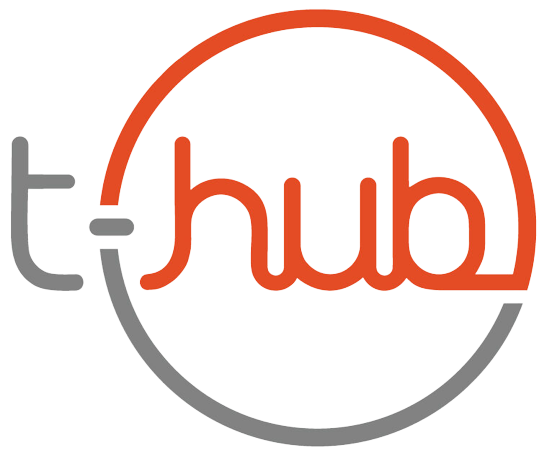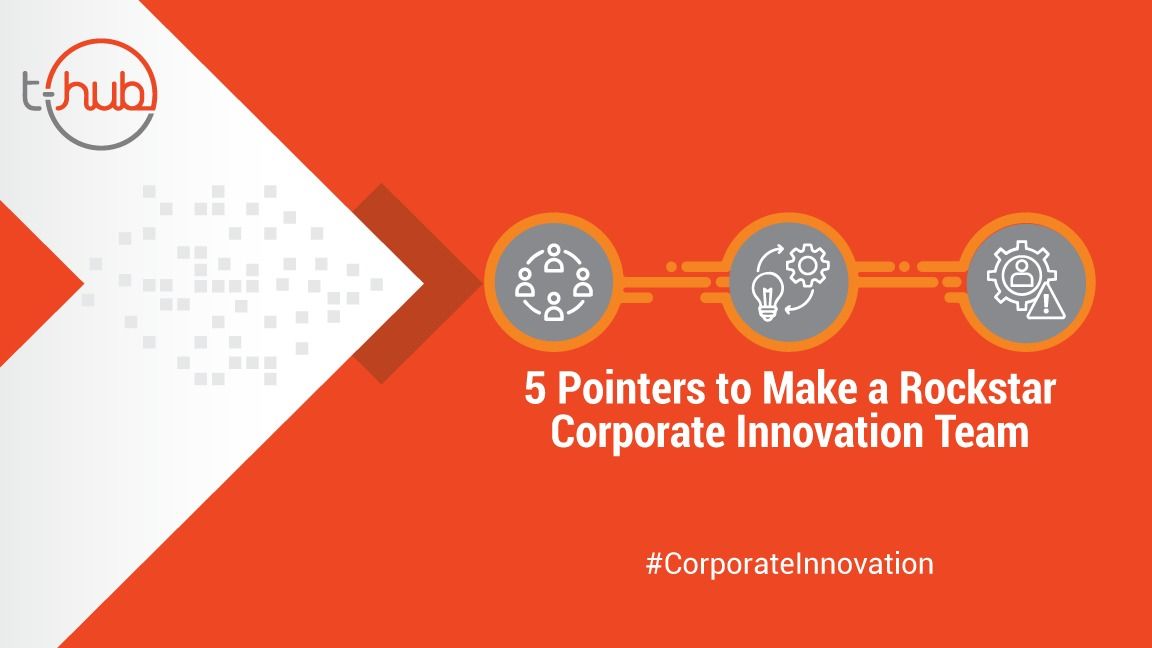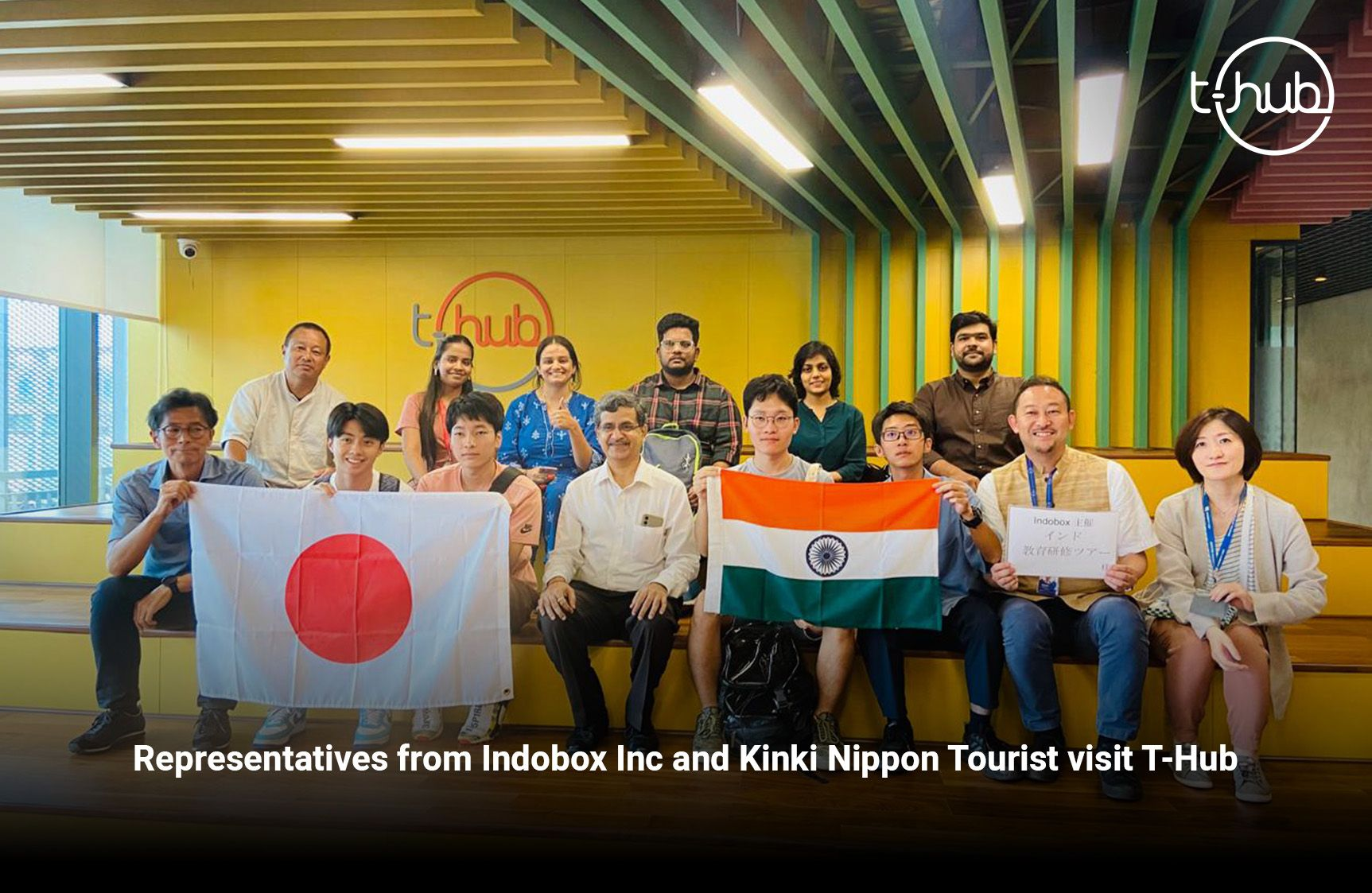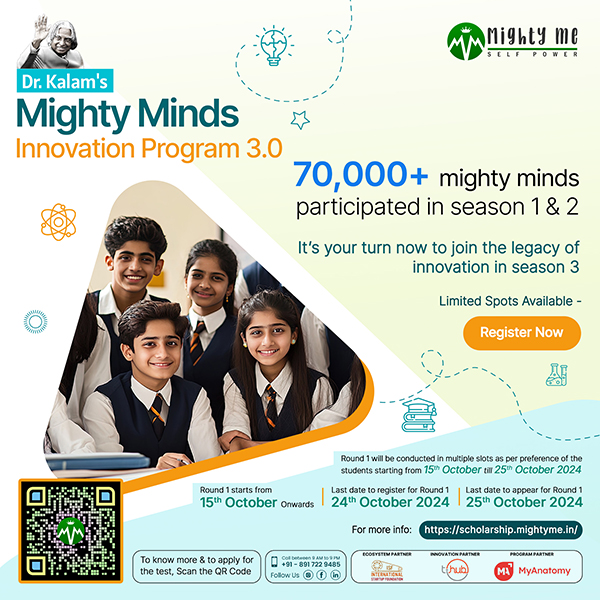Learning the ABC’s of the team
A chef cannot make a well-known masterful recipe if he is unsure of what ingredient he/she is using he first examines the ingredients and then proceeds to take stock whether they have every component in satisfactory condition to start preparing the dish. Similar to this is leadership which is the art of influencing one’s team to achieve the targets it sets and therefore the leader needs to make it a point to understand his team members. By having a good understanding of every team member through establishing a unique equation with each member helps to be in sync with the fundamental blocks on which the team is built upon.
Through this journey the Chef needs to know the nature of its components prior to coming onto the chopping board, their transformation during the cooking process and finally the way they finally turnout during the dish’s presentation. It’s imperative to genuinely listen to team members by identifying their motivations, aspirations, challenges & issues and gather inputs & ideas to understand their unique thought processes along with recognising their potential strengths and weaknesses. Drawing up a leadership style which suits the team can be made from an informed position after doing this initial groundwork.
Getting to know who you’re working with is the first all-important step to bonding with the team and establishing trust and respect. The old adage of listening twice as much as you speak still holds true.
“If you want to go quickly, go alone. If you want to go far go together”
— African proverb
Using effective communication to foster teamwork
Great things in business are never done by one person. They’re done by a team of people.
— Steve Jobs
When forming a team, keep in mind that even the best team is only as good as the individuals that make it up. The strength of a team comes from supporting each other, communicating well, and diligently doing your share. Other characteristics that define a team include similar skills, autonomy, defined roles, defined leadership, and the resources to meet the joint goal.
Communication is essential once the team is formed its crucial to have communication among the team members open and regularly used to resolve minor, share information, updates to team, Bounce off ideas, enquire in a general capacity, etc. This results in continuous engagement and organically such communication becomes the bedrock to building relationships, progress assessment and detect any issues or risk exposure. To avoid complications due to ambiguity its is necessary for making it clear what are the expectations and responsibilities under the ambit of each person’s scope so collectively the team is on the same page. Ideally, every team member has the best understanding of the projects undertaken by them and yet should be open-minded to the inputs shared by other teammates to embrace new ideas and foster this collaborative approach.
Feedback is simply the art of great communication. Ideally, it’s not a separate undertaking but part of a natural dialogue. It Should be kept flexible, proactive and constant and one shouldn’t wait for a problem to occur. For this to occur employees need to feel comfortable talking about their ideas openly and in a healthy give-and-take environment. The team leader can take the initiative to set the tone of broader thinking and greater innovation which results in the generation of ideas from team members that starts eventually blossoming.
An open line of communication is essential for everyone the fact of them being heard is vital for the team as much it is for the individual, the open discussion would not only help in problem-solving but also lead to the success of the team this establishes a sense of transparency and keeps the team apprised of relevant updates and happenings under their scope and thus creates a more conducive situation to gin inputs from team members whose perspectives assist in formulating a better plan of action for undertaken task, activity, projects etc.
Following the democratic process of voting on multiple ideas put forth is amicable and productive. No one likes unpleasant surprises and thus all members must feel that a fair process is happening and be on board with decisions made. No matter the decision a company takes, they must involve their employees and ask them to vote for or against the same. On Inclusion of all team members inputs occurs in the process will they be feel heard and part of the process and will continue to offer their inputs to the process subject to acknowledgement of their efforts which may translate into increased productivity.
Teamwork is the ability to work together toward a common vision. The ability to direct individual accomplishments toward organizational objectives. It is the fuel that allows common people to attain uncommon results.
— Andrew Carnegie
Alter Attitude toward Risk and Risk management
Inherent risk is part and parcel of any kind of innovation, rolling out new ideas, systems and practises will inevitably cause friction but adapting and learning to manage risk professionally can stimulate instead of impeding an organisation’s Innovation management process. Subjecting oneself to a structured and thorough Risk assessment audit shouldn’t be taken anxiously rather is a step toward a calm and conscious approach of acknowledging and tackling the unidentified risk. This exercise lets the assessment bring into focus the issues which may be tucked away in blind spots and the mitigation and elimination of the risk exposure begin.
Taking periodic Risk management audits and following up on the assessment with a prescribed course of action is a good practice to address these business risks before they are brought up by external stakeholders. Having a standardised flow of how to identify, recognise the issue, course of action to either mitigate or eliminate the risk and then reviewing it should be considered necessary in-house good practice.
Imbibing a culture of risk is part and parcel of a culture of innovation. And the acceptance that failure of a certain number of ideas are inevitable in the journey of finding the right solution while treading on the path of innovation is a paradigm shift from the traditional way of thinking.
Innovation leadership belief – “There is a better way to solve this problem”. To be on the constant lookout of new opportunities and avenues to improve the efficiency and effectiveness of existing business processes. According to the Harvard business review, the Accountable and capable innovation leaders are required to exhibit the following qualities to nurture and create a conducive environment of innovation. It makes little sense to hold leaders accountable for innovation if they haven’t been trained and coached to encourage innovation within their own teams. For a leader, this means:
- Being adept at using innovation tools.
- Creating frequent opportunities for blue-sky thinking.
- Avoiding premature judgments when evaluating new options.
- Demonstrating an appetite for unconventional ideas.
- Recognizing innovators and celebrating “smart failures.”
- Personally mentoring innovation teams.
- Freeing up time and money for innovation.
- Hiring and promoting creativity.
- Working to eliminate bureaucratic impediments to innovation.
- Understanding and applying the principles of rapid prototyping and low-cost experimentation.
These successful innovation leaders are expert practitioners of the Japanese art of kaizen – or continuous improvement – a philosophy famously espoused by giants such as Toyota and Amazon and commonly applied together alongside the Six Sigma process improvement technique.
Possessing a strategic perspective on the limitations of traditional business conditions is essential in regards to the innovation process. Langdon Morris observes strategy and innovation are intricately linked and “should be mutually reinforcing.” Adapting to change drives business strategy and innovation drives change. An open conversation between the leadership and personnel responsible for execution should align in the entity’s Strategic and tactical road maps. Innovation ultimately to exist has to coincide with overall business aims and objectives accompanied with a flexible strategy willing to incorporate the disruption that innovation leaders seek to drive.
Idea Generation
Innovation leadership involves seeking to make an entrepreneur out of every employee. It makes sense that they should, therefore, be encouraged to think and act like one. Beyond utilizing tried-and-tested internal methods such as brainstorming and mind mapping, provide employees with the freedom to engage in activities more usually associated with leadership or entrepreneurs.
“Creative thinking inspires ideas. Ideas inspire change”
– Barbara Januszkiewicz
Idea generating activities are in abundance and there is no one true universal technique which is absolute, but rather its to choose and stick to the set of idea-generating activities and techniques which suits the team to comfortably generate, evaluate and test ideas. such as should be encouraged and their effectiveness tracked one such idea-generating technique which combines narrow but the focused scope of 6 perspectives help teams fully explore a project or idea.
Six Hats
Edward de Bono, a psychologist, author, and consultant who pioneered the technique in his 1985 book Six Thinking Hats. The method involves breaking down ideas into six areas of thought:
When approaching a new problem or project, have each member of your team put on one of these different “hats” for the discussion. Each “hat” represents a unique set of priorities and perspectives that will help focus your discussion and consider the project from a wide variety of angles.
White hat thinker – signifies data and only focuses on facts, this is the logical thinker.
Blue hat thinker – generates an outline and sets a goal for the group to strive for.
Red hat thinker – sees how everyone is feeling about the idea and seeking their own intuition about the idea.
Black hat thinker – the negative thinker meaning they are finding the problems with each idea.
Yellow hat thinker – the positive thinker, showing why each of ideas are useful and helpful.
Green hat thinker – Thinking outside the box, think beyond the patterns that the other hats are thinking.
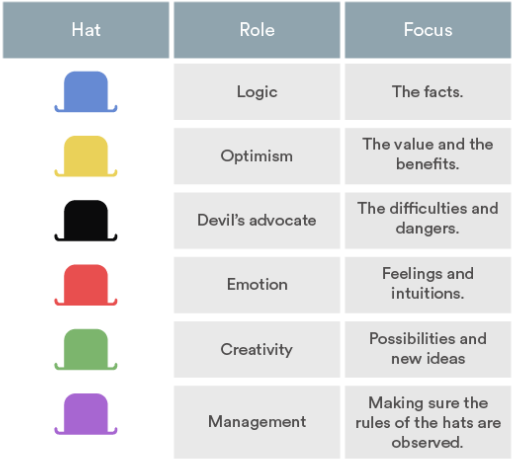
Great ideas don’t need to necessarily be original. Great Ideas can be old ones in new ways or multiple old ideas combined to create something different. The key is to come up with many big ideas, refine the best ones, then prototype and test furiously.
Employees must be equipped with tools to transform innovatively i.e. to come up with ideas, process and systems in a collaborative, team effort, and suffuse the disruption mentality throughout an organization. A culture should be fostered where the idea is evaluated on its merits and should be irrespective of the source of the suggestion be it an entry-level employee or Top management executive.
Flaming hot Cheetos – The story of Flaming hot Cheetos is apt as the janitor-turned-inventor-turned-executive Richard Montanez He took on a series of different jobs and while working as a janitor at a Frito-Lay plant in Rancho Cucamonga, California, he created the now-staple in the Cheetos brand.
After a broken machine on the Cheetos assembly line released a batch of plain and ostensibly unusable Cheetos, Montanez took the snacks home, where he sprinkled them with chilli powder.
After testing the flavour with his family, Montanez pitched the idea to former PepsiCo CEO Roger Enrico over the phone and was given two weeks to prepare a presentation to the executive suite and the rest is history.
“Don’t take your position for granted, regardless of what that position may be,” Montanez wrote in his book. “CEO or janitor, act like you own the company.”
Translation and execution of ideas
“One reason for an innovation team is that it’s hard to do anything of complexity on your own”
Idea Management is a formalised, structured routine for generating, capturing, organising, evaluating and implementing ideas that will drive innovation as without a clear process, even the best ideas are likely to get lost.
How to we succeed in implementing the ideas that were internally generated? this falls under idea management relatively idea generation is an easier part of the innovation process and therefore it’s required to have a dedicated tool for collecting, tracking and managing ideas. Traditionally ideas were jotted down in a diary, journal, notebook etc however this isn’t the most effective way to store these ideas and thus a dedicated idea management tool for internally generated idea pool is required for it to translate any further.
Idea Management Process-
- Set goals and objectives
- Discuss ideation strategies (create a sustainable innovation strategy)
- Create motivation to ideate
- Encourage collaboration
- Evaluate your ideas
- Implementation
- Reward and recognise
- Review, iterate and learn
Ideas aren’t just for senior management. By tapping into ideas submitted by their colleagues, every department within your business will benefit.
Internal stakeholder groups are benefitted from a sound idea management system as it can aid and assist the marketing team to tweak their output and identify newer channels, take key inputs for new campaigns and ultimately help in generating the lead flow resulting in an increase in revenue which is always desirable. Teams engaged in product development are always on the lookout for ideas to either improve, change their existing offerings to meet the dynamic market demands. Finance team could be benefitted by getting insights into how to better their forecasting models and Identify and help implement cost savings. Finally, the HR department could use newer ideas to keep the workforce more engaged and change, eliminate or improve the existing internal process which may not be completely up to date to take advantage of their staff also facilitates internal communication and increase collaboration.
Selecting the apt idea management tool
Primary criteria to consider while selecting this particular tool is to check the alignment of the tool’s capabilities with goals and objectives which is in line with the overall team’s workflow. The following questions should be considered-
Look at how your employees actually work and make sure the software that you choose is simple, accessible and rewarding for them. After all, if your team loves a platform, they’re far more likely to use it.
Questions you might consider are:
Q- Does the ability to deliver updates and feedback exist within the tool/platform?
Q-Whether this tool is better used on the mobile app or on PCs?
Q- The facility of ease of capture of ideas on the go exist?
Q- Does a feature of scoring and ranking the pool of ideas exist?
Q -Does any incentive-based reward system for tracking and recognising the efforts of the team present?
Q- Presence of Anonymous idea sharing?
Q-Is the UI/UX suitable with respect to all team members?
Q – How accessible and effective is customer support?
Ideas strike any time and any place and thus instant and seamless capture on the go is an essential step. This the pivotal initial step on which the entire process, the system relies on heavily. The other features of the tool should be considered against existing workflows and targets set.
Implementation of Idea management Tool –
The implementation of the idea management tool is crucial as all the theoretical benefits of the tool would materialise if the system is properly integrated and incorporated in the workflows of the entire team. Many such initiative don’t live up to the expectations due to employee resistance, lack of clarity and leadership support.4 significant considerations to keep in mind while implementation of the tool.
Stakeholders – Identifying all stakeholders is vital as ultimately they will be the one’s either contributing or reaping benefits or both from this initiative.
Internal marketing campaign- Stakeholders ideally shouldn’t find out about the tools roll out on the day of the rollout. Internally there should be sufficient buzz generated about the newly integrated tool, there internal communication and messaging should create enough awareness, generate curiosity and plan step by step launching strategy.
Incentive strategy -Employees are already swamped with tons of work, and thus there will naturally be a lot of resistance while such a tool is integrated and thus offering the incentives for participation and constant engagement which caters to people of each demographic which will be subjected to adjustments over time to fine-tune into an incentive system which is effective.
Feedback – It is necessary for the person in charge of implementing the selected tool to pay heed to the team members thoughts about the system at every stage if the feedback is negative and isn’t solution-oriented it points to the fact that a cultural shift needs to happen prior to the systems can begin to take effect.
“Innovation is a series of concrete, definable actions, It’s not that you’re born with the ability to be innovative or not. It’s really a set of behaviours that can be learned. Anyone is capable of doing it.”
Teams and Organisations simply need to prioritize it.
References –
Idea Management 101: The Ultimate Guide To Driving Innovation
– C.R Dhiraj Reddy, Associate, Corporate Innovation, T-Hub
We power Corporate Innovation through high-impact partnerships and transform your business
models for the better. Know more here.
